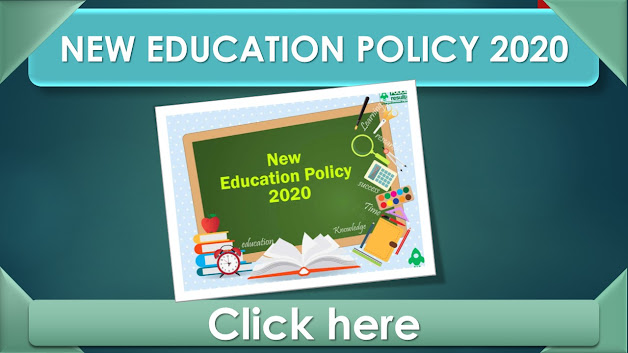Guides for tech-related task
Here are some general steps you can follow when creating how-to guides for tech-related tasks. Keep in mind that the specific steps and details will vary depending on the task or topic you're covering.
1. Define Your Audience:
- Determine the level of technical expertise your audience has.
- Tailor your guide to their knowledge and experience.
2. Set Clear Objectives:
- Clearly state the purpose of your guide.
- Define what readers will learn or achieve by following your instructions.
3. Gather Necessary Information:
- Research the topic thoroughly.
- Collect any relevant documentation, software, or hardware needed.
4. Outline Your Guide:
- Organize the steps logically.
- Create a table of contents, if applicable.
- Plan how you will introduce and conclude the guide.
5. Use Clear and Concise Language:
- Avoid technical jargon unless your audience is familiar with it.
- Explain terms and acronyms when necessary.
6. Provide Visuals:
- Use screenshots, diagrams, or videos to illustrate steps.
- Include captions or annotations to clarify visuals.
7. List Prerequisites:
- Mention any prerequisites or system requirements.
- Ensure readers have everything they need before starting.
8. Write Step-by-Step Instructions:
- Break down the task into easy-to-follow steps.
- Number or bullet each step.
- Be detailed but avoid unnecessary information.
9. Troubleshooting Tips:
- Include a troubleshooting section for common issues.
- Provide solutions and workarounds.
10. Test Your Instructions:
- Follow your own guide to ensure accuracy.
- Ask someone with limited knowledge to test it as well.
11. Provide Additional Resources:
- Include links to relevant documentation or related guides.
- Suggest further reading or resources for readers who want to learn more.
12. Revise and Edit:
- Proofread your guide for grammar and spelling errors.
- Check for clarity and consistency.
13. Format and Design:
- Use a consistent font and style.
- Ensure readability with proper formatting (headings, subheadings, font size).
- Make it visually appealing.
14. Include a Conclusion:
- Summarize the key points.
- Encourage feedback or questions from readers.
15. Publish and Promote:
- Choose a platform for publishing (blog, website, document-sharing service).
- Share your guide through relevant tech forums or communities.
- Monitor and respond to comments and feedback.
16. Update as Needed:
- Technology evolves, so keep your guide up-to-date.
- Update it when new versions or features are released.
17. Gather Feedback:
- Encourage readers to provide feedback.
- Use feedback to improve future guides.
18. Consider Different Learning Styles:
- Recognize that people learn in various ways—some prefer reading, while others benefit from visuals or hands-on experience. Incorporate multiple learning styles into your guide.
19. Highlight Safety and Security:
- Emphasize the importance of safety and security measures when relevant.
- Warn users about potential risks and best practices to mitigate them.
20. Version Control:
- Specify the version numbers of software, firmware, or hardware used in your guide.
- Note if the instructions may differ between versions.
21. Include Shortcuts and Tips:
- Share time-saving shortcuts or expert tips where applicable.
- These can enhance the user experience and make your guide more valuable.
22. Mobile Optimization:
- If your guide is web-based, ensure it's mobile-friendly.
- Many users access guides on smartphones and tablets.
23. Glossary or Terminology Section:
- If your topic involves technical terms, consider including a glossary or terminology section to help users understand the terminology used in the guide.
24. Interactive Elements:
- If feasible, incorporate interactive elements like quizzes or interactive simulations to reinforce learning.
25. Accessibility:
- Ensure your guide is accessible to individuals with disabilities. Use alt text for images, provide text alternatives for videos, and use a readable font.
26. Localization:
- If your audience is international, consider translating your guide into different languages or providing information that applies globally.
27. Legal and Ethical Considerations:
- If your guide involves legal or ethical issues (e.g., data privacy or copyright), be sure to address them appropriately and provide guidance on compliance.
28. Update Notifications:
- If your guide may become outdated, consider adding a notification or date stamp to indicate when it was last updated.
29. Video Tutorials:
- In addition to written instructions, consider creating video tutorials for visual learners.
- Embed or link to these videos within your guide.
30. User Testing:
- Conduct user testing with a diverse group of individuals to identify potential usability issues or areas for improvement.
31. Licensing and Attribution:
- Clearly state the licensing terms of your guide and any external resources you use.
- Provide proper attribution for images, quotes, or code snippets used.
32. Backup and Recovery Information:
- Include instructions for backing up data or configurations before making significant changes.
- Explain how to recover from errors or data loss.
33. Legal Disclaimers:
- If your guide involves potentially risky actions (e.g., hacking or modifying hardware), include appropriate legal disclaimers.
34. Engage with Your Audience:
- Encourage readers to ask questions or seek clarification in the comments or through contact information you provide.
35. Monitor and Update Regularly:
- Keep an eye on the technology landscape for changes that may affect your guide's accuracy, and update it accordingly.
Creating effective tech-related how-to guides requires attention to detail, user empathy, and a commitment to helping your audience achieve their goals. By following these additional tips, you can enhance the quality and impact of your guides.



.jpg)

















Follow Us